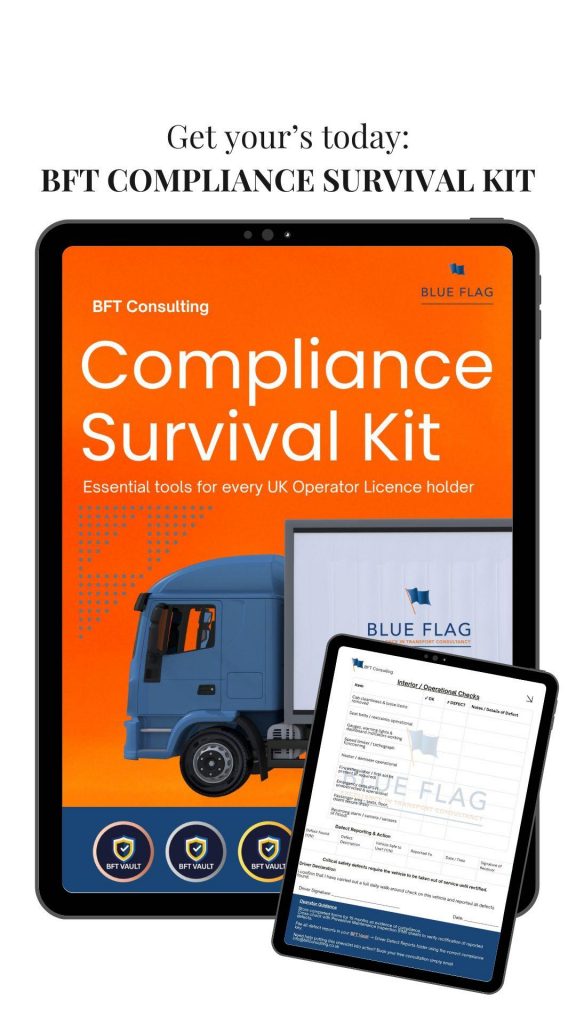Operating a transport business in the UK comes with the responsibility of maintaining compliance with the standards set by the Driver and Vehicle Standards Agency (DVSA) and the Traffic Commissioners. One critical aspect of this compliance is successfully passing an operator’s licence audit. This guide provides practical steps and insights to help you prepare for and pass your audit with confidence.
Understanding the Operator’s Licence Audit
An operator’s licence audit is a thorough examination conducted to ensure that transport operators adhere to legal and safety standards. The audit assesses various aspects of your operation, including vehicle maintenance, driver management, and record-keeping practices.
Key Areas Assessed During the Audit
-
Operator’s Licence Details: Verification of the licence type, authorised vehicles, and operating centres.
-
Transport Manager Competence: Assessment of the transport manager’s qualifications and involvement in daily operations.
-
Vehicle Maintenance: Inspection of maintenance schedules, records, and procedures.
-
Driver Management: Evaluation of driver qualifications, training, and compliance with working hours regulations.
-
Record Keeping: Review of documentation related to vehicle maintenance, driver hours, and operational procedures.
Preparing for the Audit
1. Review and Organise Documentation
Ensure all records are up-to-date, accurate, and easily accessible. Key documents include:
-
Maintenance Records: Service histories, inspection reports, and repair logs.
-
Driver Records: Licences, training certificates, and working hours logs.
-
Operational Policies: Company policies on safety, compliance, and procedures.
2. Conduct Internal Audits
Regular self-audits help identify and address potential issues before the official audit. Focus on areas such as vehicle maintenance schedules, driver hours compliance, and record-keeping practices.
3. Train Staff on Compliance Requirements
Ensure that all staff, including drivers and administrative personnel, understand their roles in maintaining compliance. Provide training on topics such as daily vehicle checks, reporting procedures, and regulatory requirements.
4. Implement Effective Record-Keeping Systems
Utilise digital tools and software to streamline record-keeping processes. This not only improves efficiency but also ensures that records are easily retrievable during the audit.
During the Audit
1. Be Transparent and Cooperative
Approach the audit with openness and a willingness to demonstrate your compliance efforts. Provide auditors with the requested documents and access to facilities as needed.
2. Address Issues Promptly
If any non-compliance issues are identified during the audit, take immediate steps to rectify them. Develop an action plan to address the concerns and prevent future occurrences.
Post-Audit Actions
1. Review Audit Findings
Carefully examine the audit report to understand any areas of concern or recommendations for improvement.
2. Implement Improvements
Based on the audit findings, update your policies, procedures, and training programs to enhance compliance.
3. Monitor Ongoing Compliance
Establish regular checks and reviews to ensure that compliance standards are maintained consistently over time.
Passing your operator’s licence audit is crucial for the continued operation of your transport business. By understanding the audit process, preparing thoroughly, and addressing any issues proactively, you can demonstrate your commitment to compliance and safety. Utilise the resources and guidelines provided by the DVSA to stay informed and maintain high standards within your operation.






